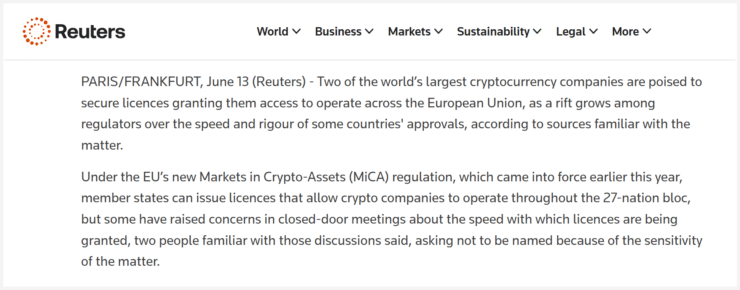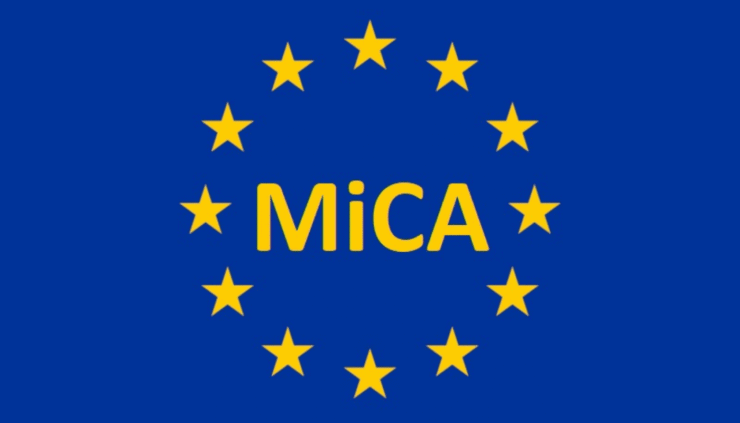Gemini and Coinbase are reportedly on track to secure regulatory approval in the European Union under the Markets in Crypto-Assets (MiCA) framework. Sources cited by Reuters say Gemini is expected to gain authorization through Malta, while Coinbase is closing in on a license via Luxembourg—two key jurisdictions in the EU’s evolving crypto oversight structure.
While Coinbase declined to share details about its application, a spokesperson highlighted Luxembourg’s reputation as a stable and trusted financial hub. Once licensed, both exchanges will be able to operate across all 27 EU member states via MiCA’s passporting mechanism, which is designed to enable cross-border operations with minimal regulatory friction.

Their anticipated approval would place them alongside other industry leaders such as Bybit and Binance, which have already begun aligning with MiCA requirements. Bybit secured licensing in Austria, while Binance adjusted its operations in Poland to meet the bloc’s updated compliance standards.
MiCA, which came into effect in June 2024, is the EU’s most ambitious attempt to establish a unified framework for digital assets. The full rollout is expected by December, following the final supervisory guidance from the European Securities and Markets Authority (ESMA). The regulation aims to create a stable yet innovative market landscape while protecting consumers and strengthening financial oversight.
MiCA’s Stablecoin Rules Divide Crypto Industry
While MiCA has clarified licensing rules for exchanges and custodians, its impact on stablecoins has sparked sharp industry division. A core provision requires stablecoin issuers to hold a significant portion of reserves in European banks—raising both operational and strategic concerns for some firms.
Tether, for instance, has chosen not to pursue MiCA registration, citing the rule as overly restrictive. The requirement has also raised questions about accessibility for non-EU issuers, particularly those accustomed to holding reserves in more flexible banking arrangements.
Despite these concerns, at least ten stablecoins have been approved under MiCA to date. Notable examples include issuers such as Circle, Crypto.com, Société Générale, and Fiat Republic—many of which are either EU-based or have strong ties to regulated European entities. Their approvals signal that compliant models can find traction within the new regime.
Still, uptake remains uneven across the bloc. Bank of Italy Governor Fabio Panetta, a former ECB board member, noted that in Italy—one of the eurozone’s largest economies—MiCA has yet to meaningfully shift demand toward stablecoin usage. Instead, institutional interest has gravitated toward regulated trading and custodial services, highlighting an infrastructure-first approach to adoption.
The disparity underscores a broader reality: while MiCA seeks to harmonize digital asset policy, its practical success will hinge on how swiftly market participants adapt to the changing regulatory environment.
Quick Facts
- Gemini and Coinbase are nearing MiCA regulatory approval via Malta and Luxembourg, enabling them to operate across all 27 EU member states.
- MiCA’s reserve requirements have deterred some non-EU stablecoin issuers, including Tether, from pursuing registration in Europe.
- Despite industry concerns, at least ten stablecoins—including those from Circle and Société Générale—have been approved under MiCA so far.
- Italian officials report low stablecoin usage post-MiCA, with market demand instead focusing on licensed trading platforms and custodial services.





